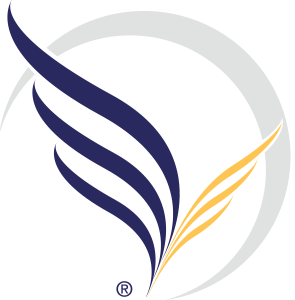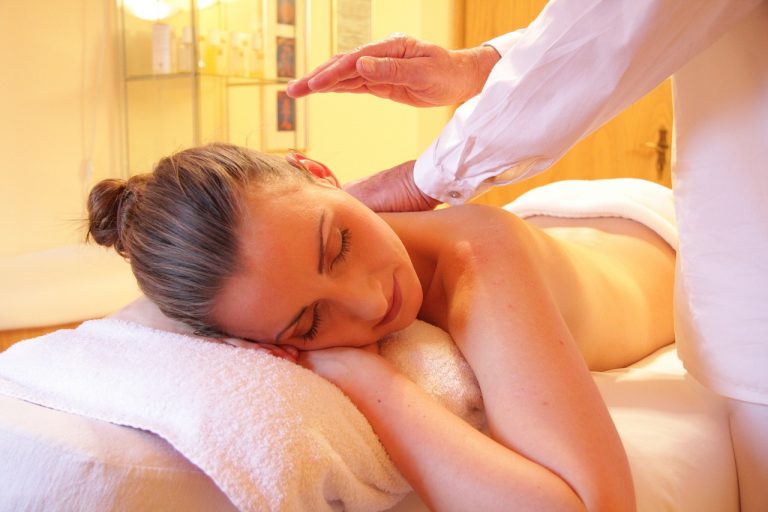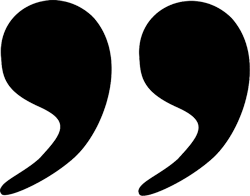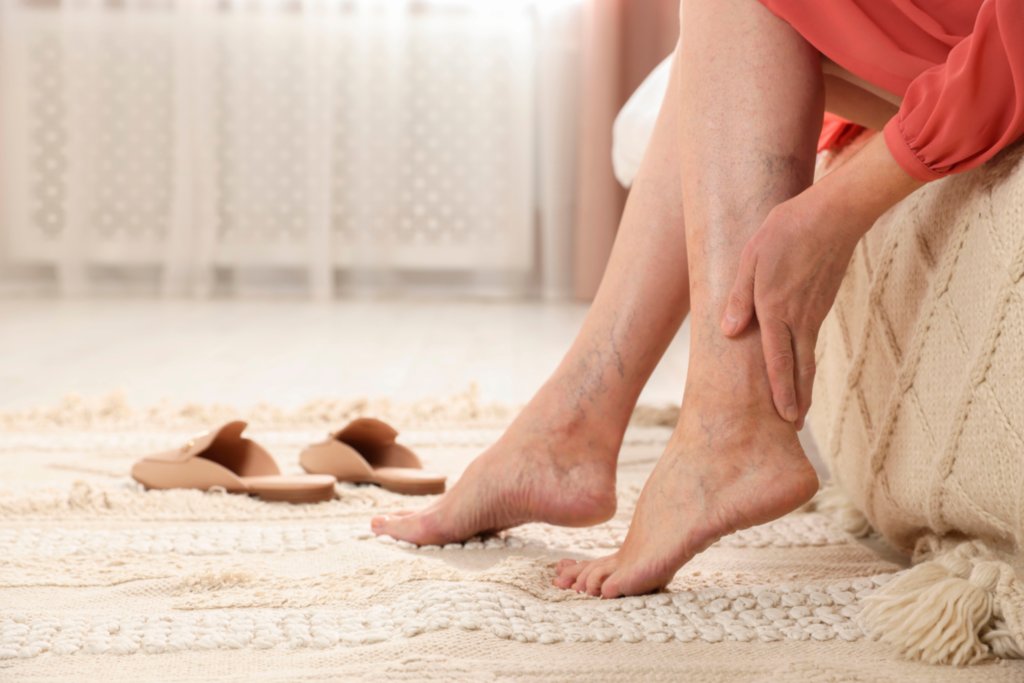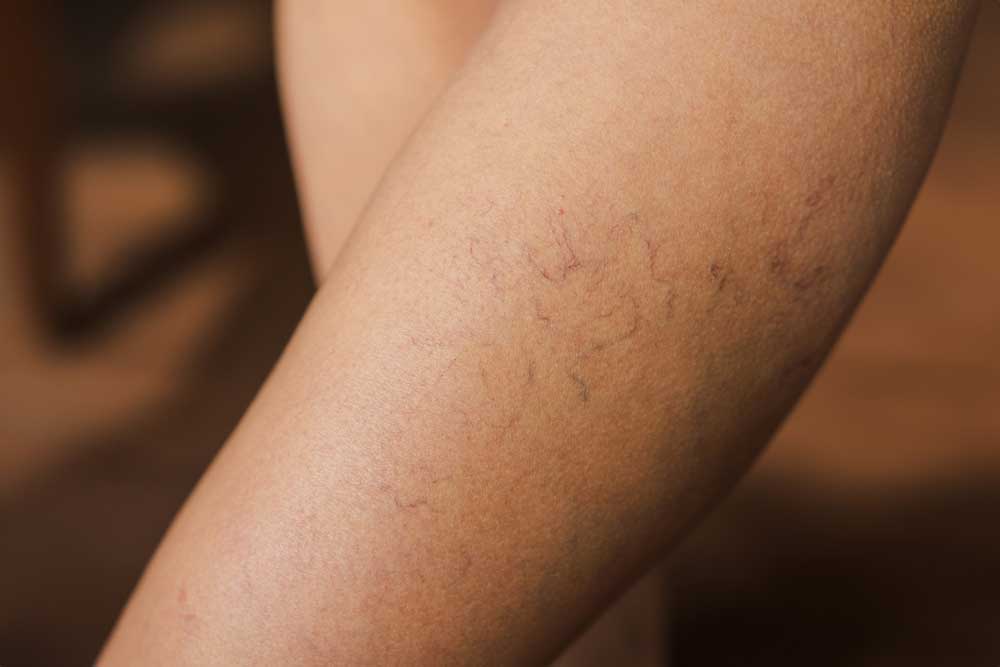Chances are, as the mother of a newborn, you’ll spend long hours sitting with a sleeping baby or nursing. Although exercise is probably the last thing on your “to do” list, it is important that you keep active at frequent intervals to effectively boost your circulation.
There are numerous ways to stay more active. Pop in a favorite exercise DVD, taking a stroll around the block, or practice a few minutes of yoga or Pilates to refresh your body to keep things moving with your circulatory system. Stay in shape by walking your baby around your own house. Your baby will certainly enjoy the movement as well. To make this activity a little easier, invest in a high-quality wrap or carrier that will help disperse your baby’s weight, reducing tension in your arms, neck, and back. Remember to flex your leg muscles periodically while you rock your little one to sleep for an added boost. Doing these things will help prevent new varicose veins from forming post-delivery.
Believe it or not, you can stay active while nursing your baby. Gently stretching your leg muscles are simple ways to amp up your activity levels. Kegel exercises, which involve the rhythmic contraction and relaxation of the muscles of the pelvis, are invaluable for maintaining tone and strength in the vaginal and pelvic areas postpartum. If you’re diligent about performing postpartum kegel exercises, you can use that time to add a few leg toning exercises as well. Flexing and basic ballet moves are easy, enjoyable ways to keep your legs fit and healthy, even while sitting down. Remember to take it slow, and gradually increase your activity to keep from overworking your sensitive muscles during this delicate time of recovery.
Learn How To Sit In A Healthy Way
Of course, exercise is the best way to increase circulation, but for new Moms sitting for longer periods of time is usually unavoidable. It’s important to keep your circulatory system operating at its peak by elevating your legs, as much as possible. A comfy mound of pillows, a footstool, or even a small chair will provide that essential incline that will keep fluid from pooling in your legs, thus helping to prevent blood clots and other vein-related complications. You should have been doing this throughout your pregnancy, so continue doing this during the postpartum recovery.
It’s also a good idea to stop crossing your ankles to prevent the constriction of your veins as you were instructed to do during pregnancy. Remember, your goal is to encourage maximum circulation whenever possible, and crossing your legs/ankles will hamper your efforts.
Invest In Compression Garments
To aid in postpartum recovery, a postpartum girdle and compression hose are a wise purchase. Offering superior support, the postpartum girdle helps to re-align your body after delivery while eliminating much of the sagging and stress that excess skin, fluid pockets, and other postpartum issues can cause. Such support is especially useful to encourage healing in your pelvic region and leg areas, helping to eliminate or reduce varicose veins in those areas.
For postpartum leg pain and varicose veins in the legs, consider purchasing compression hose and postpartum leggings. Compression hose and leggings provide support for your legs by helping your blood travel back toward the heart instead of remaining in your legs. This, in turn, can help reduce varicose veins and blood clots by increasing circulation.
Postpartum leggings also offer extra support while giving you a flexible, comfortable, and stylish fashion solution for your postpartum figure. Leggings are forgiving to your figure as they help to mold and shape your body, equipping you with a much-needed confidence boost. If you’re having trouble finding all of the garments you want or need, stick with compression hose that can be worn with anything. There are many stylish types available today and your phlebologist can help with fitting and selection of the best option for you.
Lose The Baby Weight
Extra weight increases the strain on your entire body, and sensitive varicose veins are no exception. By keeping your weight in check, you will naturally alleviate excess pressure on varicose veins. Talk with a trusted healthcare professional to establish a nutrition and fitness plan that complements your lifestyle and won’t inhibit your milk supply if you are breastfeeding (bonus tip: breastfeeding can help you lose weight as well). Don’t force yourself to drop pounds too quickly during this time. Simply focus on making healthier choices across the board that will help you be a more confident and energetic mother to your new little one. Consult with your OBGYN, a vein health specialist and, if you’re breastfeeding, your baby’s pediatrician before beginning any exercise regimen or diet.
Treat Yourself To A Postpartum Massage

